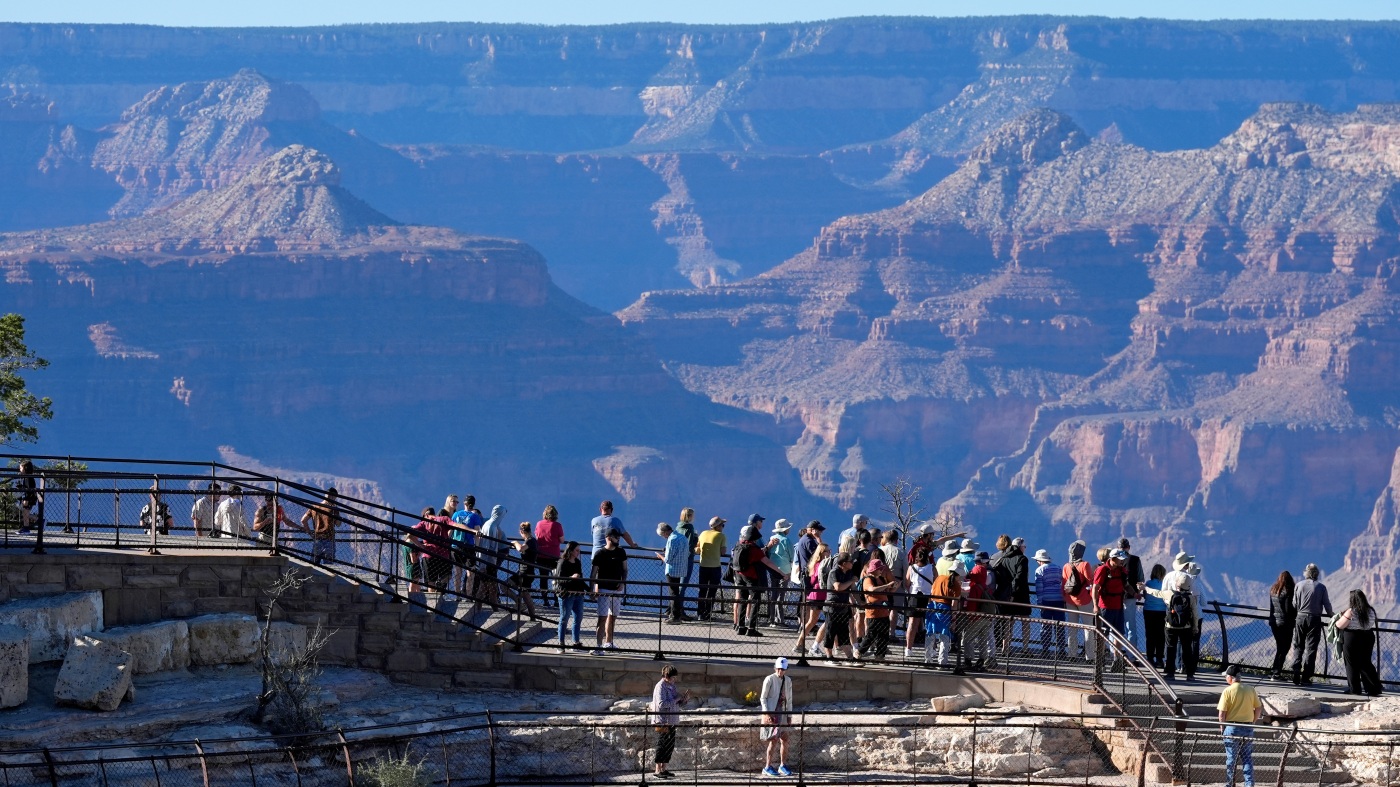Kamala Harris refused to answer when asked how she would vote on a measure to impose harsher sentences on criminals in California.
The vice president was taking questions from reporters in Michigan on Sunday when she discussed if she had cast her own ballot in the final hours of the race.
The Democratic nominee confirmed she’d be voting by mail and hoped it would get to her home state in time.
She was then grilled on how she voted on Proposition 36, a ballot measure that could be tough on crime.
Harris is frantically campaigning across the swing states with less than 48 hours until what could be one of the closest presidential elections in history.
She received a boost in the polls over the weekend, with a New York Times poll showing her trailing in only two of the seven swing states and a stunning Des Moines Register surveys showing her ahead of Trump in the deep red state of Iowa.
Kamala Harris refused to answer when asked how she would vote on a measure to impose harsher sentences on criminals in California
‘So I have my ballot, it’s on its way to California, and I’m going to trust the system that it will arrive there, and I am not going to talk about the vote on that, because, honestly, it’s the Sunday before the election, and I don’t intend to create an endorsement one way or another around it,’ she said.
Prop 36 would strengthen penalties for certain drug and theft crimes and reverse progressive criminal justice reforms under Proposition 47.
It would upgrade crimes involving repeat shoplifting and fentanyl from misdemeanors to felonies and would crackdown on repeat offenders.
The measure is unpopular among progressive Democrats and California Governor Gavin Newsom, it is overwhelmingly popular among Californians.
Harris’ record on crime and her record as a prosecutor in San Francisco has been a frequent attack line used by Republicans during the campaign.
Trump and his allies have zeroed in on light sentences and criminals who have gone on to reoffend following their release from prison.
The vice president was taking questions from reporters in Michigan on Sunday when she discussed if she had cast her own ballot in the final hours of the race
Harris is frantically campaigning across the swing states with less than 48 hours until what could be one of the closest presidential elections in history
The GOP have also linked the vice president to migrants who have committed violent offences after crossing the border.
Harris at the same time has used her time as California’s top law enforcement officer to prove she has the credentials to be President of the United States.
In October she was again evasive when asked about Prop 36.
‘I’ve not voted yet and I’ve actually not read it yet,’ Harris told reporters ahead of a flight from Detroit to New Jersey, in response to a question about Proposition 36. ‘But I’ll let you know.’
Harris also avoided taking a stance on Proposition 47 when it was on the ballot in California in 2024.
The measure reduced the number of people serving prison sentences for nonviolent drug offences and sent millions to treatment and rehabilitation programs.
It also called for anyone stealing goods valued at less than $950 to be charged with a misdemeanor.
As a result, retail stores were left relatively helpless when stealing from their stores.
Walmart and In-N-Out Burger are among the companies financing the campaign behind Proposition 36.











































